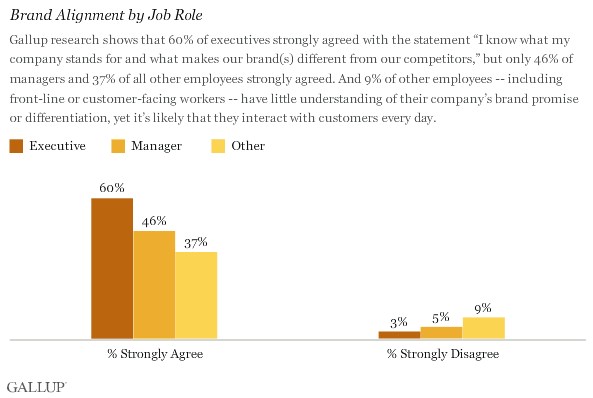February 2, 2019
Frontline workers deserve full stakeholder status.
Management suppliers, stockholders, customers, and employees all succeed when they fully understand their role in actualizing their company’s mission. Likewise, frontline workers benefit their organizations most when employers treat them as full employee stakeholders.
Stakeholder theory—a management philosophy popularized by R. Edward Freeman in his 1984 book Strategic Management: A Stakeholder Approach—suggests that effective companies align the interests of all associated parties to the largest extent possible. Under the stakeholder framework, the role of executives is to produce long-term value by maximizing returns—whether monetary or nonmonetary—for each stakeholder.
Recent thinking posits that employees are perhaps the most vital internal stakeholders for any business; nevertheless, executives routinely overlook their interests. Businesses often fail to inform their frontline workers that their jobs have purpose, resulting in a detached workforce.
“Too often, employees are treated as a resource, managed and mined. They work in service of a company’s stakeholders. Value is extracted but not returned. They’re not stakeholders in their own right. They’re commodities, replaceable.” — Neil Bedwell, Forbes
Failing to provide employees with voice and purpose carries negative consequences for individual businesses and the broader economy. Gallup estimates that disengaged workers cost the United States up to $605 billion annually in lost productivity.
Creating employee stakeholders is simple.
How can companies show frontline workers that they are critical to the company mission?
By showing appreciation often.
Paul Spiegelman, CEO of Beryl Companies, believes that “little signs of celebration”—company picnics, handwritten notes following the death of a loved one, desserts purchased to celebrate a department’s accomplishment—build employee stakeholder status over time. Actively appreciating the value that employee stakeholders bring to an organization—and expressing that value to workers daily—is immeasurably critical.
By communicating purpose.
A Gallup study conducted in 2013 showed that only 41% of employees know the values that their companies represent. Though managers’ lack of a connection to purpose presents obvious problems, hourly employees also suffer when they fail to define the broader significance of their work.

Bain & Company and the Harvard Business Review report that productivity among “inspired” workers is 125% higher than workers who are merely “satisfied.” Incorporating employees into the company’s purpose must be a perpetual objective in order to reap rewards.
By listening constantly.
The Society for Human Resource Management reports that 38% of employees lose initiative “when leaders dismiss their ideas without entertaining them.” However, valuing the contributions of employee stakeholders extends far beyond constructive listening skills. Gauging sentiments, issues, and satisfaction among employee stakeholders—especially those on the front line—should be an ongoing process for any business.
As data show, the American workforce suffers from detachment, which harms bottom lines and worker satisfaction. Listening is the first prerequisite to transforming workers into true stakeholders. The benefits of listening to frontline workers as often as possible are manifest. In addition to providing employee stakeholders with a voice, the act of listening reduces turnover—especially in sectors prone to high degrees of churn.
Learn how Qlicket can help you appreciate your workers, disseminate your purpose, and continuously listen to your employee stakeholders


